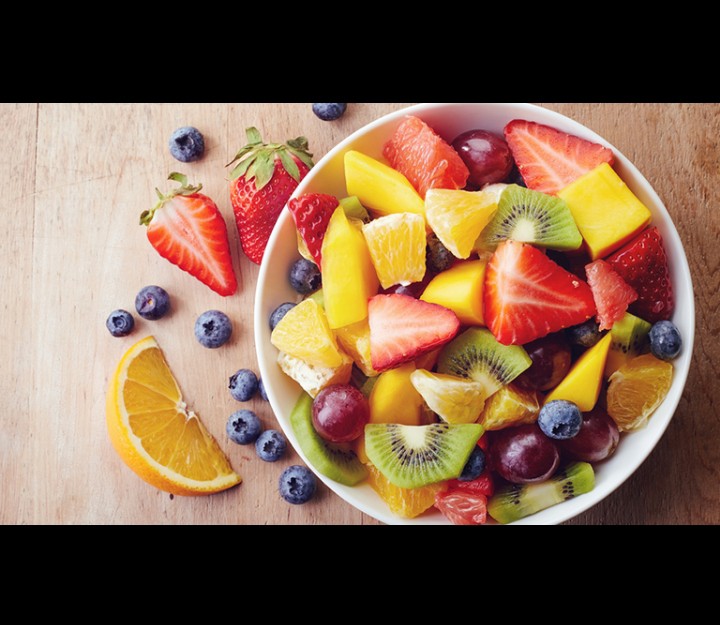
Table of Contents
ToggleWhat are the best fruits to eat in the afternoon?
The best fruits to eat in the afternoon are those that provide a quick and healthy energy boost and help wake up the digestive system. Bananas and mangoes are ideal choices, as they are rich in natural sugars and can help fight afternoon fatigue. Other great options include apples, oranges, peaches, plums, and avocados, which provide long-lasting energy due to their balanced fiber, vitamin, and mineral content.
Best Fruits for Afternoon Energy
- Banana:- High in natural sugars and potassium, great for a quick energy boost.
- Mango:- Rich in vitamin C and sugar, helps raise energy levels.
- Apple:- Provides fiber and sustained energy release.
- Orange:- Delivers vitamin C and quick hydration.
- Avocado:- Healthy fats and fiber for longer satiety and steady energy.
- Peach & Plum:- Offer vitamins, fiber, and a refreshing energy lift.
- Goji berries:- Source of protein, fiber, and antioxidants for lasting energy.
Why These Fruits?
- Afternoon is when the body typically needs a sugar and energy boost, especially to combat post-lunch sluggishness.
- Fruits like bananas, apples, and citrus are easy to digest, provide quick energy, and hydrate the body.
- Avocado and other fiber-rich fruits prevent blood sugar spikes and crashes, making them ideal for sustained energy.
Choosing any of these fruits in the afternoon can help keep energy levels stable and support good health throughout the day.
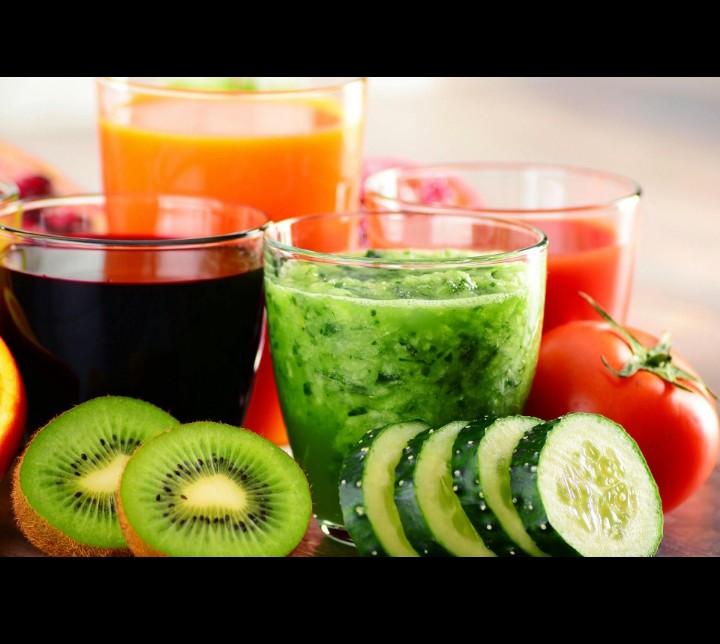
Best fruits for afternoon energy and focus
The best fruits for afternoon energy and focus are bananas, apples, oranges, avocados, goji berries, mangoes, and berries. These fruits are rich in natural sugars for quick energy, fiber for sustained release, and nutrients that can support brain health and attention.
Top Fruits for Energy and Focus
- Bananas:-Provide quick-release carbohydrates, potassium, and vitamin B6, making them excellent for immediate and sustained energy.
- Apples:- High in fiber, supporting steady blood sugar and prolonged alertness throughout the afternoon.
- Oranges & Citrus:- Rich in vitamin C, they offer a refreshing energy boost, improve iron absorption, and can uplift mood.
- Avocados:- Packed with healthy fats and fiber, avocados provide steady energy and support mental clarity, making them ideal for sustained focus.
- Goji Berries:- Small but nutrient-dense, these berries provide antioxidants and protein for long-lasting energy.
- Mangoes:- Combine natural sugars, vitamin C, and beta-carotene, offering both immediate and sustained energy.
- Berries (blueberries, strawberries):- Loaded with antioxidants, they help fight inflammation and support brain function, aiding focus.
How These Fruits Help
- Natural sugars provide quick energy.
- Fiber slows digestion, preventing sugar crashes.
- Antioxidants in berries and goji berries support brain health.
- Healthy fats in avocados improve mental clarity and keep energy levels steady.
Including a mix of these fruits as an afternoon snack can enhance both energy and focus without the crash typical of processed snacks.
YouTube channel कैसे बनाएं?
youtube चैनल पर सब्सक्राइबर कैसे बढ़ाएं?
WordPress पर Blog कैसे बनाए ?
मेरे ई-कॉमर्स के लिए किस प्रकार का SSL सर्वोत्तम है?
WordPress पर Blog कैसे बनाए ?
Hostinger से Hosting कैसे खरीदे?
Domain और hosting के बीच क्या अंतर है और किसे चुनें?
Blog कैसे लिखे और एक सही Blog कैसे लिखा जाता है?

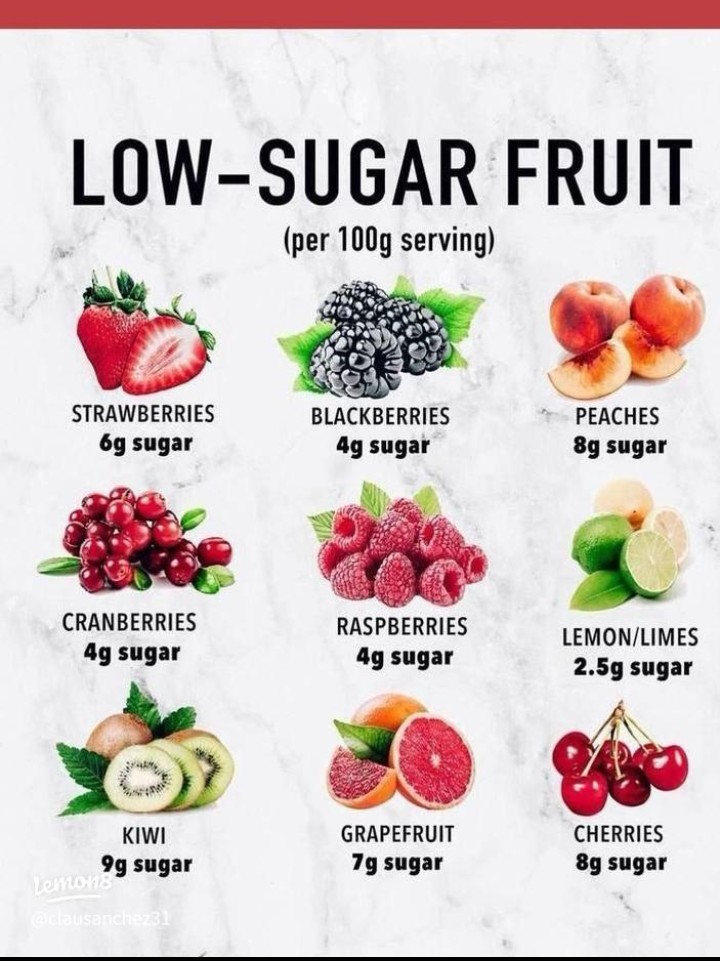
Best low-sugar fruits for steady focus without blood sugar spikes?
The best low-sugar fruits for steady focus without blood sugar spikes are berries (such as raspberries, strawberries, blackberries), apples, peaches, apricots, plums, pears, kiwis, and avocados. These fruits are low in glycemic index (GI), high in fiber, and rich in antioxidants, which help regulate blood sugar levels and support sustained mental focus.
Low-Sugar Fruits for Steady Focus
Berries (raspberries, strawberries, blackberries):- High in fiber and antioxidants, low in sugar, and excellent for stable blood sugar and brain health.
Apples:- Contain fiber (pectin) which slows sugar absorption, helping prevent spikes, with a low to moderate GI.
Peaches:- Provide fiber and antioxidants with low sugar content, making them a great choice for blood sugar control.
Apricots:- Rich in fiber and vitamins, low GI fruits that help control sugar release.
Plums:- Fiber-rich and help improve insulin sensitivity, preventing sudden sugar spikes.
Pears:- Low GI fruit because of their fiber, supporting slow sugar release and steady energy.
Kiwis:- Low in sugar, high in vitamin C and fiber, support balanced blood sugar.
Avocados:- Very low in sugar, high in healthy fats and fiber, provide long-lasting energy and focus without glucose spikes.
Why These Fruits?
- Their high fiber content slows digestion and sugar absorption, preventing rapid blood sugar spikes.
- Antioxidants in berries, plums, and apricots support cognitive function and mental clarity.
- Low glycemic index values mean these fruits release sugar slowly into the bloodstream, ideal for steady focus.
Choosing these fruits as snacks or part of meals can help maintain stable blood sugar and promote sustained concentration without energy crashes.
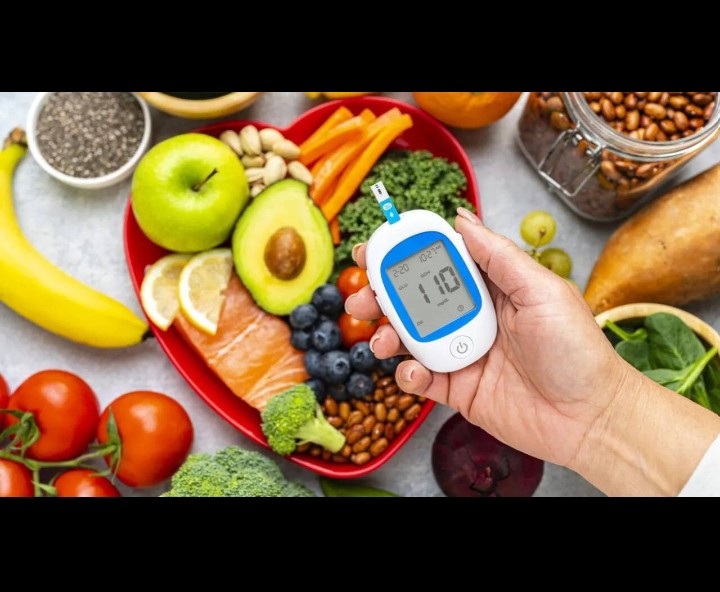
Which low-sugar fruits pair best with protein?
Low-sugar fruits that pair well with protein are typically those that complement the amino acid content and provide a balanced snack or meal. Berries (such as strawberries, raspberries, and blackberries), kiwi, and avocados are excellent choices because they are low in sugar and their flavors and textures blend well with protein sources like nuts, seeds, Greek yogurt, or cottage cheese.
Best Low-Sugar Fruits to Pair with Protein
- Berries (strawberries, raspberries, blackberries):- Rich in antioxidants and fiber, berries complement protein-rich foods like Greek yogurt, cottage cheese, or nuts.
- Kiwi:- Offers a tangy flavor and high vitamin C content, pairing well with nut butters or dairy-based proteins.
- Avocado:- Although technically a fruit, its creamy texture pairs beautifully with protein like eggs, chicken, or fish, providing healthy fats and fiber.
- Pears:- Pair nicely with cheese, yogurt, or nuts, and offer a mild sweetness without spiking blood sugar.
- Plums:- Their slightly tart flavor pairs well with protein-heavy foods like cottage cheese or nuts.
Benefits of Pairing Low-Sugar Fruits with Protein
- Enhances satiety and prolongs energy release.
- Provides a balanced intake of macronutrients for better muscle repair and sustained focus.
- Helps regulate blood sugar levels while optimizing nutrient absorption.
Combining these fruits with protein sources creates nutritious snacks or meals that support steady energy and focus throughout the day, making them ideal for maintaining cognitive and physical performance.
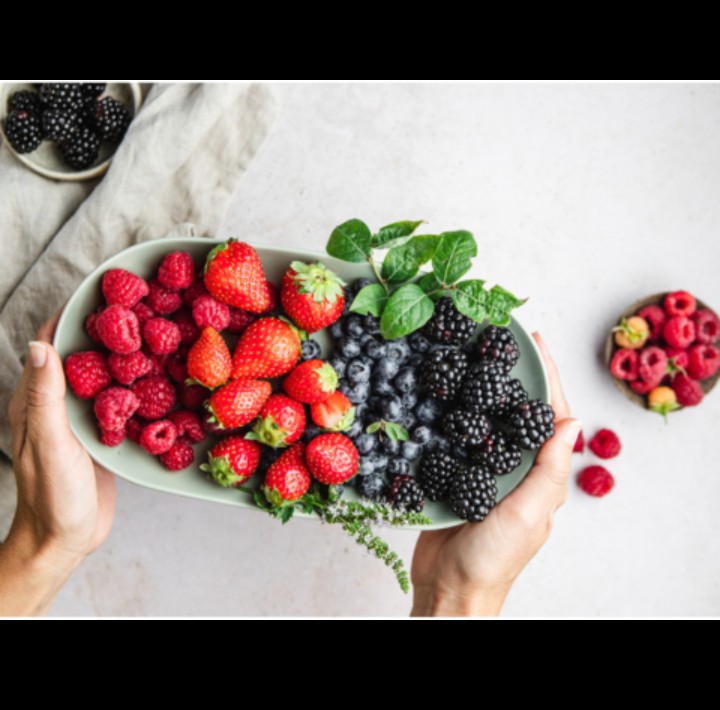
Best fruit portions to avoid blood sugar spikes?
To avoid blood sugar spikes while eating fruit, the best approach is to stick to appropriate portion sizes that amount to about 15 grams of carbohydrates per serving. Here are some examples of fruit portions typically considered a single serving for blood sugar control:
- 1 small apple (about 4 oz or half a medium apple)
- 1/2 medium banana
- 1 cup blackberries or raspberries
- 3/4 cup blueberries
- 1 1/4 cups whole strawberries
- 1 cup cubed honeydew melon
- 1 medium orange (about 6.5 oz)
- 1 medium peach (about 6 oz)
- 1/2 large pear (about 4 oz)
- 2 small plums (about 5 oz)
Portion Control Tips
- Aim for up to 2-3 servings of fruit per day, spread throughout the day.
- Pair fruit with fiber, protein, or healthy fats to slow absorption and minimize blood sugar spikes—for example, apple with peanut butter or orange with nuts.
- Favor whole fruits over juices or dried fruits, as whole fruits contain fiber that helps stabilize blood sugar.
By following these portion sizes and pairing strategies, blood sugar can be better managed while still enjoying the nutritional benefits of fruit without spike-related energy crashes.
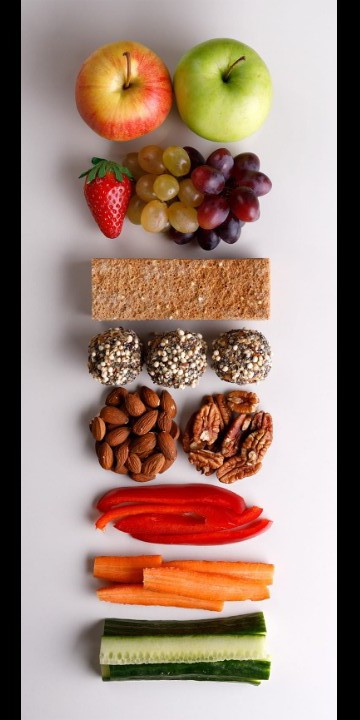
Ideal fruit portion sizes for common fruits to limit glucose rise?
The ideal fruit portion sizes to limit glucose rise are typically around 15 grams of carbohydrates per serving for most fruits. Here are common fruits and their approximate serving sizes that contain about 15 grams of carbs:
- Apple: Half of a medium apple (about 4 oz)
- Banana: Half of a medium banana (about 3.5 oz)
- Berries (strawberries, raspberries, blackberries): 1 cup
- Blueberries: 3/4 cup
- Strawberries: 1 cup
- Oranges: 1 medium orange (about 6.5 oz)
- Peach: 1 small to medium peach (about 6 oz)
- Pear: 1/2 large pear (about 4 oz)
- Plums: 2 small plums (about 5 oz)
- Melon (honeydew or cantaloupe): 1 cup cubed
Additional Tips
- Pairing fruits with protein or healthy fats can further slow glucose absorption.
- For better blood sugar control, avoid dried fruits and fruit juices, which contain concentrated sugars.
Sticking to these portion sizes can help manage blood sugar spikes while still enjoying nutritious fruits.
Daily fruit serving plan for someone with type 2 diabetes
A daily fruit serving plan for someone with type 2 diabetes should focus on low-glycemic fruits in appropriate portions, distributed throughout the day to maintain stable blood sugar levels. A typical plan might include 2-3 servings of fruits per day, with each serving around 15 grams of carbs.
Sample Daily Fruit Serving Plan
- Morning: 1 small apple or 1/2 a medium banana
- Mid-morning or snack: A handful (about 1 cup) of berries such as strawberries, blueberries, or raspberries
- Afternoon: 1 small peach, plum, or 1/2 a pear
Tips for Managing Blood Sugar
- Pair fruits with protein like nuts, seeds, or Greek yogurt to slow sugar absorption.
- Stick to whole fruits rather than dried fruits or fruit juices.
- Monitor individual responses and adjust portion sizes accordingly.
This balanced approach can help enjoy the nutritional benefits of fruit while keeping blood glucose levels within target ranges.
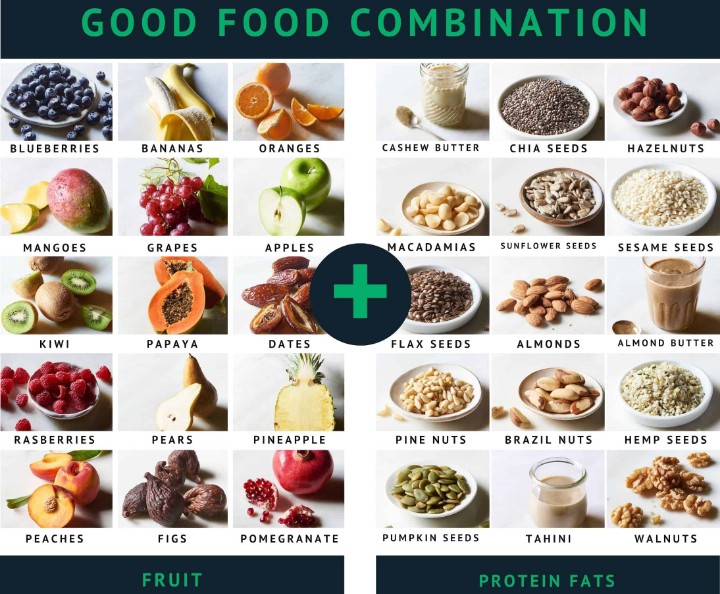
How to pair fruits with protein or fat to reduce spikes?
Pairing fruits with protein or healthy fats is an effective way to reduce blood sugar spikes because protein and fat slow down digestion and sugar absorption into the bloodstream. When eaten together, they help release glucose gradually, leading to more stable blood sugar levels and sustained energy.
How to Pair Fruits with Protein or Fat
- Choose low-sugar fruits like berries, apples, or avocados, which are rich in fiber and antioxidants that support blood sugar control.
- Add a protein source such as nuts (almonds, walnuts, pecans), seeds (chia, flax), Greek yogurt, cottage cheese, or lean meats to your fruit snack or meal.
- Include healthy fats like avocado slices, nut butters (peanut, almond), or seeds alongside fruit to slow glucose absorption and improve insulin sensitivity.
- Examples of pairings: apple or berries with peanut butter, strawberries with Greek yogurt, avocado with eggs or smoked salmon, and pear with almonds.
Benefits of This Combination
- Protein and fats blunt the blood sugar rise caused by the natural sugars in fruit.
- They increase satiety, helping to control hunger and prevent overeating.
- The mixture supports better metabolic health and may improve insulin response over time.
Incorporating these combinations into meals or snacks is a practical and tasty strategy to enjoy fruit while minimizing blood sugar spikes and enhancing focus and energy.
Best protein sources to pair with fruit for glucose control?
The best protein sources to pair with fruit for glucose control are those that provide quality protein with minimal added sugars or unhealthy fats. These include nuts, seeds, Greek yogurt, cottage cheese, eggs, lean meats, and plant-based proteins. Such combinations help slow digestion, reduce blood sugar spikes, and increase satiety.
Best Protein Sources to Pair with Fruit for Glucose Control
- Nuts:- Almonds, walnuts, pecans, and cashews offer healthy fats and protein that slow sugar absorption.
- Seeds:- Chia seeds, flaxseeds, and pumpkin seeds add fiber and protein for sustained energy and stable glucose.
- Greek Yogurt:- High in protein and probiotics, pairs well with berries or chopped fruit.
- Cottage Cheese:-Low-fat cottage cheese combined with fruit provides balanced protein and carbs.
- Eggs:- Hard-boiled or scrambled eggs with fruit make a balanced snack or meal.
- Lean meats:- Chicken breast or turkey slices offer protein without added carbs, complementing fruit in meals.
- Plant-based proteins:- Tofu, tempeh, or legumes can complement fruit in savory or sweet dishes to manage blood sugar.
Why These Proteins?
- They help blunt the blood sugar rise from fruit sugars.
- Protein increases fullness and supports muscle maintenance.
- Combining these proteins with fiber-rich fruits enhances glucose control and overall metabolic health.
Incorporating these protein sources with fruit snacks or meals is a practical approach to enjoy taste and nutrition while managing blood sugar effectively.
Quick meal ideas pairing fruit with healthy fats for work?
Here are quick and healthy meal ideas that pair fruit with healthy fats, perfect for work:
Quick Fruit and Healthy Fat Meal Ideas
- Apple slices with almond butter:- Crisp apple slices dipped in almond butter provide fiber, healthy fats, and a satisfying crunch.
- Berry and avocado smoothie:- Blend mixed berries with avocado, spinach, and a splash of almond milk for a creamy, nutrient-packed smoothie.
- Greek yogurt with walnuts and berries:– Combine plain Greek yogurt topped with walnuts and fresh berries for a balanced, protein- and fat-rich snack.
- Pear with cheese and walnuts:- Sliced pear paired with a few slices of cheese and a handful of walnuts offers a sweet and savory combo with healthy fats.
- Cottage cheese with sliced avocado and cherry tomatoes:- A quick bowl of cottage cheese topped with avocado slices and cherry tomatoes combines healthy fats, protein, and fruit.
- Peach and mixed nuts:- Fresh peach slices with a small handful of mixed nuts provide natural sweetness and fats to keep energy steady.
- Chia pudding with mango:- Prepare chia seeds soaked overnight in coconut milk and top with fresh mango cubes for a creamy, healthy fat-rich breakfast or snack.
Benefits for Work Meals
- These combos are easy to pack and eat on the go.
- They provide balanced energy to maintain focus and prevent blood sugar spikes.
- Healthy fats combined with fruit offer satiety and steady nutrition for long workdays.
Incorporating these simple meals into work breaks or lunches supports productivity and healthy blood sugar control.
Exact portion sizes of common fruits to limit blood sugar?
Here are exact portion sizes of common fruits to help limit blood sugar spikes, typically containing about 15 grams of carbohydrates, which is a standard serving size for blood sugar control:
- Small apple: about 4 ounces (half a medium apple)
- Half a medium banana: about 3.5 ounces
- Berries (strawberries, raspberries, blackberries): 1 cup
- Blueberries: 3/4 cup
- Strawberries: 1 cup
- Medium orange: about 6.5 ounces
- Small to medium peach: about 6 ounces
- Half a large pear: about 4 ounces
- Two small plums: about 5 ounces
- Honeydew or cantaloupe melon cubes: 1 cup
Tips
- Keep fruit servings to these portion sizes to avoid excess carbohydrate intake which could spike blood sugar.
- Spread fruit intake throughout the day.
- Pair with protein or healthy fats for better blood sugar control.
Using these portion sizes allows enjoying fruit’s nutritional benefits while minimizing blood sugar rise.Here are exact portion sizes of common fruits to limit blood sugar spikes, each roughly containing about 15 grams of carbohydrates, the typical serving size for blood sugar control:
- Small apple: about 4 ounces (half a medium apple)
- Half a medium banana: about 3.5 ounces
- Berries (strawberries, raspberries, blackberries): 1 cup
- Blueberries: 3/4 cupStrawberries: 1 cup
- Medium orange: about 6.5 ounces
- Small to medium peach: about 6 ounces
- Half a large pear: about 4 ounces
- Two small plums: about 5 ounces
- Honeydew or cantaloupe melon cubes: 1 cup
Keeping fruit servings to these sizes, spreading intake throughout the day, and pairing fruits with protein or healthy fats can help minimize blood sugar spikes while enjoying their nutritional benefits.
What are the best fruits to eat in the afternoon?,What are the best fruits to eat in the afternoon?,What are the best fruits to eat in the afternoon?,What are the best fruits to eat in the afternoon?,What are the best fruits to eat in the afternoon?,What are the best fruits to eat in the afternoon?,What are the best fruits to eat in the afternoon?,What are the best fruits to eat in the afternoon?,What are the best fruits to eat in the afternoon?,What are the best fruits to eat in the afternoon?,What are the best fruits to eat in the afternoon?,What are the best fruits to eat in the afternoon?,What are the best fruits to eat in the afternoon?,
What are the best fruits to eat in the afternoon?,What are the best fruits to eat in the afternoon?,What are the best fruits to eat in the afternoon?,What are the best fruits to eat in the afternoon?,What are the best fruits to eat in the afternoon?,What are the best fruits to eat in the afternoon?,What are the best fruits to eat in the afternoon?,What are the best fruits to eat in the afternoon?,What are the best fruits to eat in the afternoon?,What are the best fruits to eat in the afternoon?,What are the best fruits to eat in the afternoon?,What are the best fruits to eat in the afternoon?,What are the best fruits to eat in the afternoon?,
What are the best fruits to eat in the afternoon?,What are the best fruits to eat in the afternoon?,What are the best fruits to eat in the afternoon?,What are the best fruits to eat in the afternoon?,What are the best fruits to eat in the afternoon?,What are the best fruits to eat in the afternoon?,What are the best fruits to eat in the afternoon?,What are the best fruits to eat in the afternoon?,What are the best fruits to eat in the afternoon?,What are the best fruits to eat in the afternoon?,What are the best fruits to eat in the afternoon?,What are the best fruits to eat in the afternoon?,What are the best fruits to eat in the afternoon?,
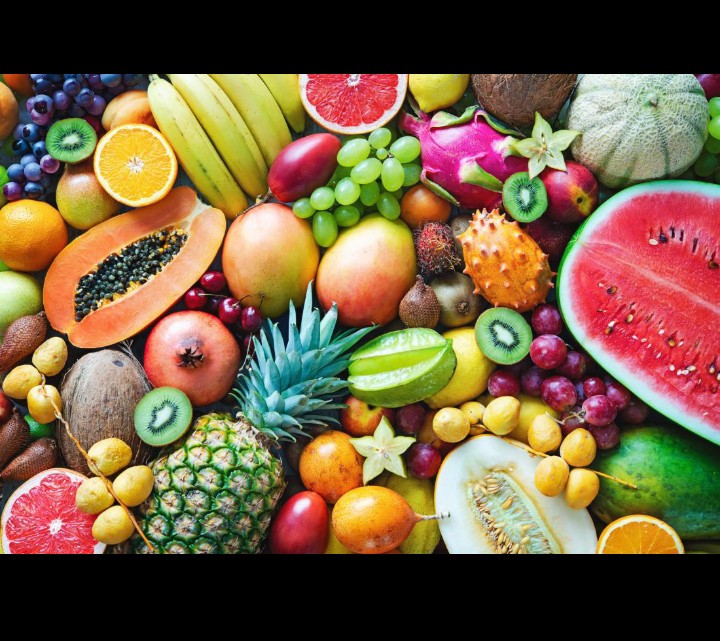
1 thought on “What are the best fruits to eat in the afternoon?”